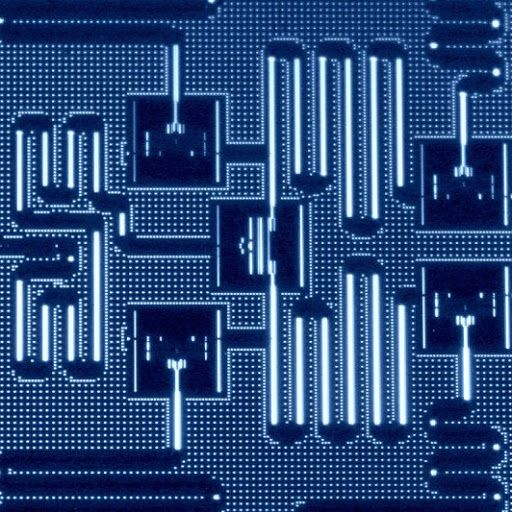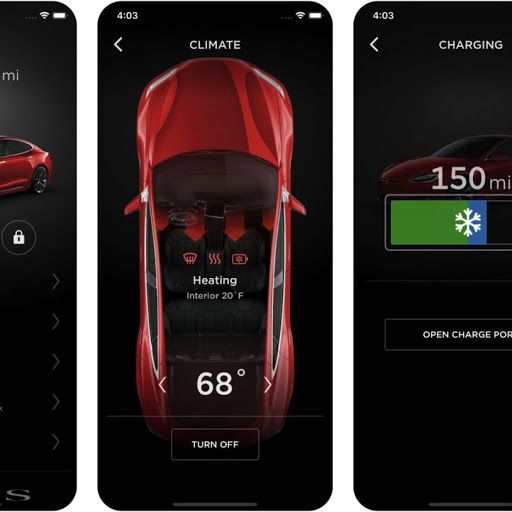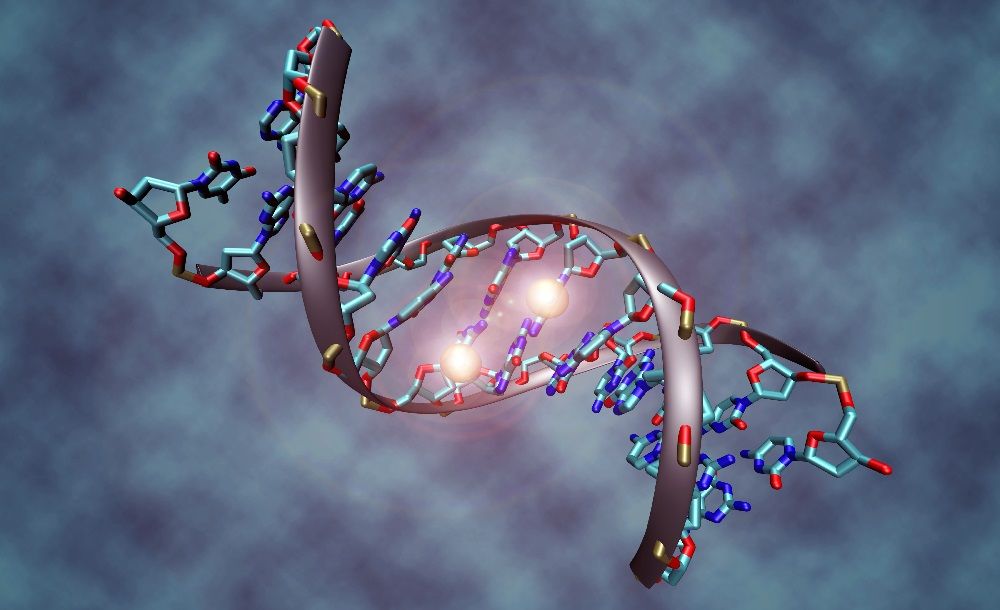Can spot quantum errors IBM research By Mark Kim What good is a fast computer if you can’t trust it? Thanks to half a century of research on getting computers to do their job correctly even in the presence of mechanical errors, our modern machines tend to be pretty reliable. Unfortunately, the laws of sheer complexity of which leaves them prone to errors. Now, we finally have the first demonstration of a quantum program that can detect data corruption.









